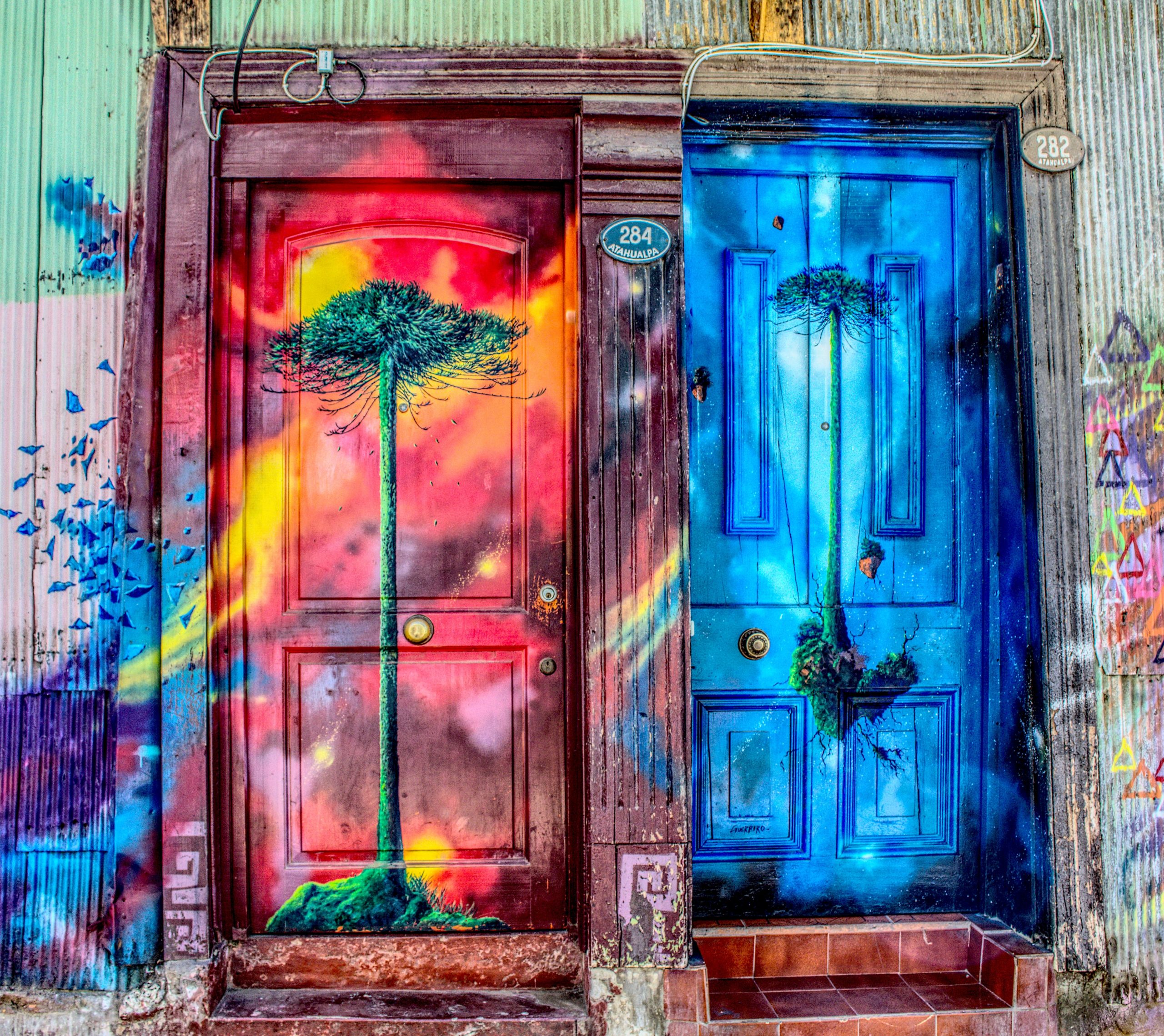Subtitle: Exploring the Therapeutic Power of Art and its Impact on Mental Health
Byline: [Your Name] Publication: [Publication Name] Date: [Publication Date]
[City], [State] – In a world grappling with increased stress and mental health challenges, individuals are increasingly turning to art as a means of healing and self-expression. From painting and drawing to sculpting and photography, creative endeavors have been shown to have a profound impact on emotional well-being, serving as a therapeutic outlet for people of all ages and backgrounds.
Art therapy, a field that combines psychological therapy with artistic expression, has gained significant recognition in recent years. The Healing Brushstrokes approach, championed by art therapists, emphasizes the transformative power of creativity in promoting mental health and personal growth.
According to Dr. Maya Evans, a renowned art therapist and leading advocate of the Healing Brushstrokes methodology, “Engaging in artistic activities allows individuals to tap into their inner selves and externalize their emotions, thoughts, and experiences in a non-verbal and non-threatening way. Art becomes a medium for exploration, understanding, and healing.”
Research supports the claim that art therapy can have a positive impact on emotional well-being. Studies have shown that creative practices can reduce stress, alleviate symptoms of anxiety and depression, enhance self-esteem, and foster emotional resilience. The process of creating art activates the brain’s reward system, leading to the release of dopamine, a neurotransmitter associated with pleasure and motivation.
Through the Healing Brushstrokes approach, individuals are encouraged to experiment with different artistic mediums and techniques, giving them a sense of agency and control over their healing journey. Painting, for instance, allows for the free flow of emotions, while sculpting offers a tangible and tactile experience, enabling individuals to shape and mold their feelings.
In addition to its therapeutic benefits, art also provides a powerful platform for self-expression and storytelling. Many artists have used their work to explore personal narratives, advocate for social justice, and raise awareness about mental health. Art exhibits, galleries, and online platforms have become safe spaces where individuals can share their experiences, fostering a sense of community and reducing the stigma associated with mental health.
Art therapist Susan Reed believes that “the process of creating art is often as important as the final product. It’s not about creating a masterpiece; it’s about the journey and the expression of one’s inner world.”
The Healing Brushstrokes movement has gained traction worldwide, with art therapy programs being implemented in hospitals, schools, community centers, and correctional facilities. This growing recognition underscores the need for a holistic approach to mental health, one that acknowledges the interplay between creativity and emotional well-being.
In an era marked by technological advancements and a constant barrage of information, art offers a respite—an opportunity to slow down, reflect, and connect with oneself. It invites individuals to embrace vulnerability, explore their imagination, and find solace in the process of creation.
As the Healing Brushstrokes movement continues to gain momentum, it is important to recognize the transformative power of art in promoting mental health. By embracing creativity, individuals can unlock a pathway to self-discovery, healing, and emotional well-being, ultimately allowing them to lead more fulfilling and authentic lives.
[End of article]
Note: This article provides a broad overview of the topic and can be expanded upon with personal anecdotes, interviews, case studies, and more specific research findings to enhance its depth and impact.




